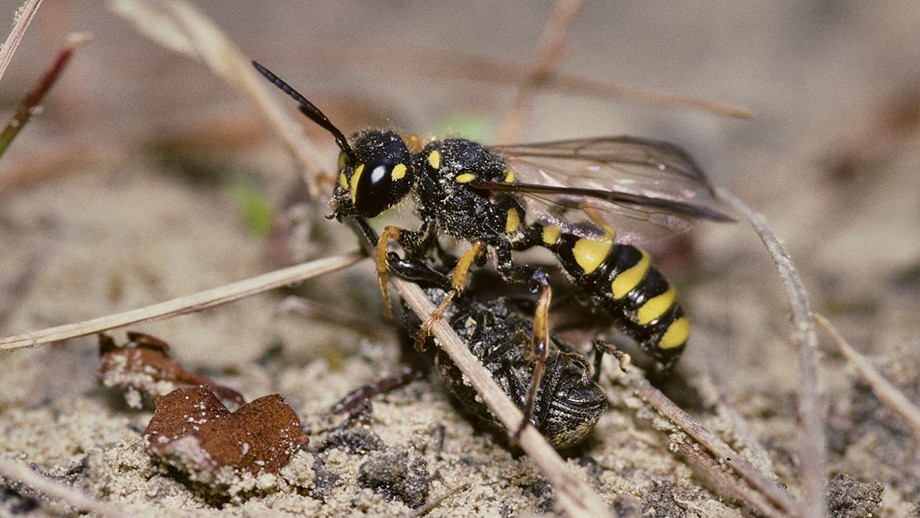There’s a lot to be learned from nature, even in the field of technology. Scientists have been studying all kinds of animal habits to create bio-inspired technology, creating robots based on jellyfish, worms, chameleons, and even praying mantises.

Now a team of researchers from Australian National University is studying wasp traits in an attempt to improve autonomous drone flight. The team has spent 10 years studying ground-nesting wasps and has now figured out how they find their way home.
The team, led by Professor Jochen Zeil, discovered that wasps gather views of their environment during learning flights each day and always keep their focus on their nest to ensure they know the way home after foraging.
“The learning and homing abilities of wasps make them smarter than anything humans know how to build,” said Zeil.
As part of the research, the team created a wasp’s eye view, using 3D models and stereo cameras, so it could better understand why and how wasps gather certain information during learning and homing.
According to the team, the ground-wasps navigate using panoramic vision which generates a lot of information at low resolution.
Now the researchers can use their findings to improve drone navigation.
“Roboticists look to replace expensive high resolution cameras and reduce power consumption without losing information that is crucial for visual navigation and our research could help with this,” said Zeil. “Our research will also help people ask the right questions when they are studying the brain mechanisms of navigation in insects.”
Wasp view simulation:
Modelling and rendering by Wolfgang Stürzl/ YouTube/ ANU.


Comments are closed, but trackbacks and pingbacks are open.